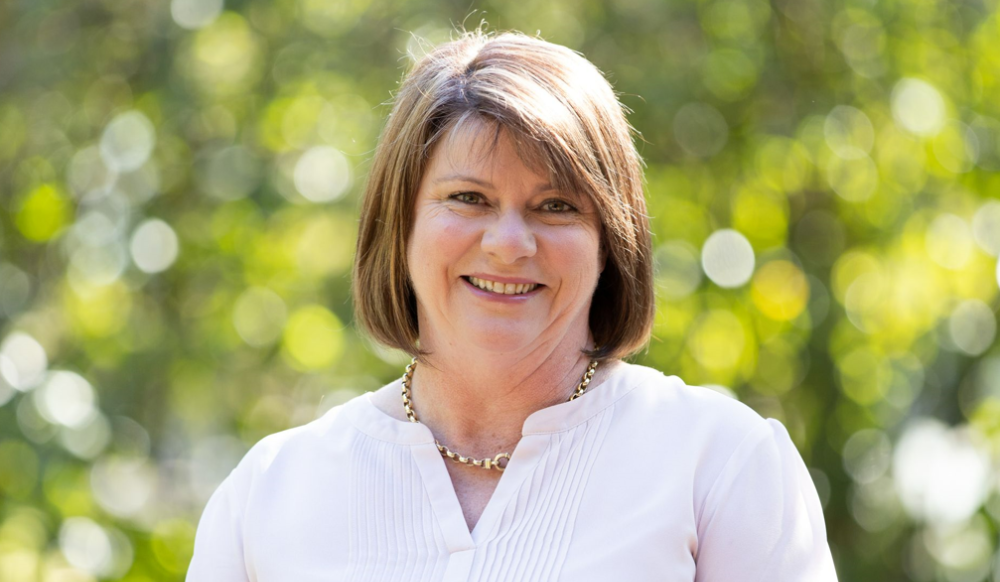
Graduating from one room to the next is a significant event for children, their families and educators alike. In this article we explore what you can expect as your child transitions from one room to the next.
Graduating from one room to the next is a transition that does not occur frequently and so we recognise that this will almost certainly feel like a big change for both you and your child. Every child should be in the room that best supports their learning & development and so transitioning children into older rooms provided the critical stretch towards more complex learning experiences and a broader peer group that help support learning.
A key feature of effective transition from one room to the next include good communication and purposeful planning so that both you and your child are aware and involved in the process. Key to a successful transition is the orientation process for children to the new room. This helps young children begin to build a sense of familiarity in their new environment.
Of course, some children will take a little longer than others to become comfortable, and so well-planned transition include a number, and increasing duration, of visits and orientation stay and play visits to support the child to feel comfortable and begin settling into the new room. Normally we would expect that somewhere between 3-4 weeks of orientation is helpful for most children.
The planning of transition visits is also important. Successful transition visits are sensitive to the transitioning child’s level of familiarity with the new educators, room and routines. Communication from your child’s existing educators to the lead educator in the new room ensure that important information about your child is passed on. The types of information include their current progress records and observation, so the new educating team are aware of your child’s learning and development. We also ensure that your child’s interests, strengths and the things that may make them anxious are discussed.
As your child prepares to make an orientation stay and play visit, the receiving educator will be carefully planning to ensure the visit is enjoyable. Your child may have some other children form their existing room join them and transition together. The receiving educator will also consider linking your child up with a ‘buddy’ from the new room to help smooth the way. Your child will also be accompanied by one of the educators from their existing room to settle your child into their new room for the visit. We will be guided by your child’s level of comfort and engagement in the new room as to how long they may stay in their new room.
Finally we will work with you to an agreed date for the final move to the new room. The date will be dependant on your child’s comfort level in making the transition. Overall, most children transition with a sense of comfort, confidence and excitement for the new stage in their educational journey. If you have any questions about this when your child may begin a transition process, please talk to your Centres manager. Our aim is to work with both you and your child to make transitions a positive experience for everyone.
